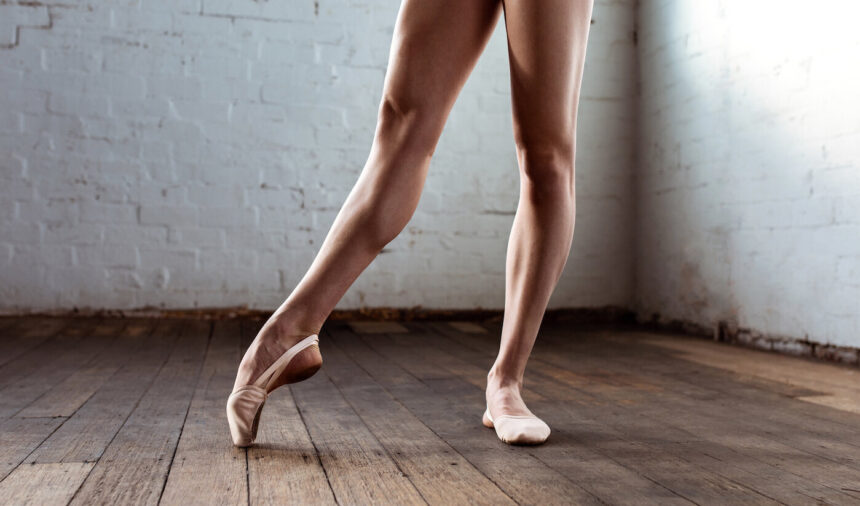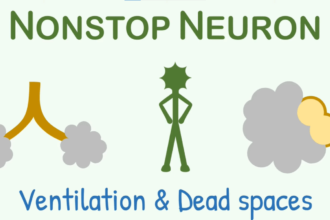Anatomy and injury of the posterior ankle. Here you can see the tibia, the fibula, the talus and the calcaneus. Achilles tendon, cerl nerve. Small saphenous vein, the tibial nerve and the posterior tibial artery and vein, followed by the flexor hallucis longus tendon and the retro calcaneal Bursa.
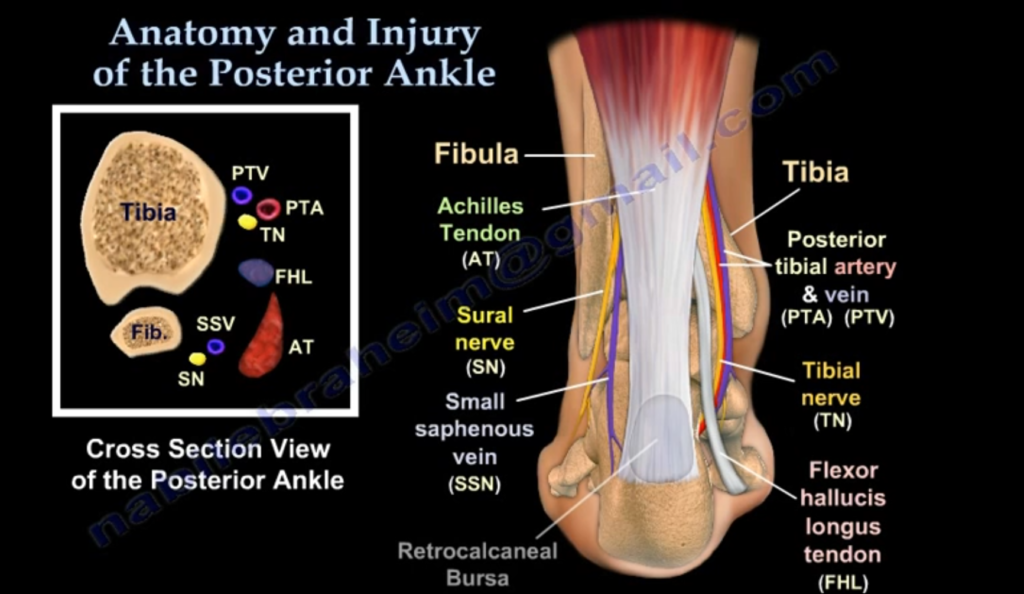
There are many structures present at the posterior aspect of the ankle. These structures are often susceptible to injury, common injuries, and conditions around the posterior ankle. The first type is….
1. Posterior ankle impingement (OS trigonum)
Posterior Taylor impingement of the OS trigonum or large process of the talus. Non-united piece of accessory bone seen posterior to the talus. This condition is common among athletes such as ballet dancers. Posterior ankle impingement is associated with tenderness in the post
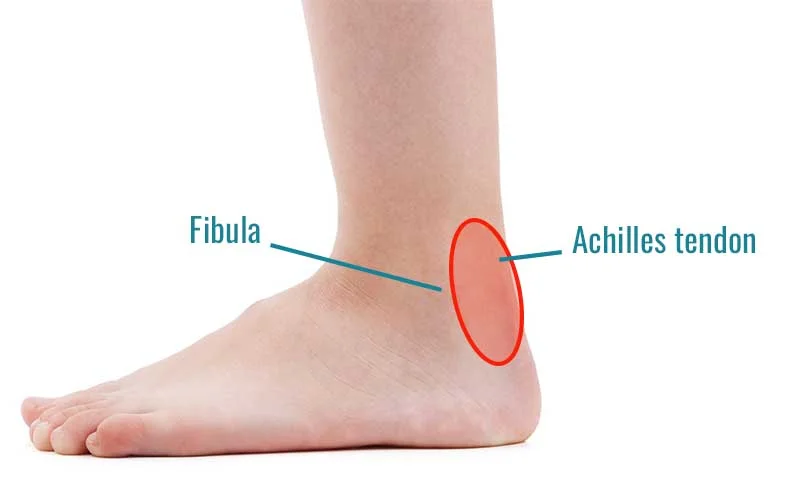
lateral aspect of the ankle posterior to the peroneal tendon, especially with passive plantar flexion. It may also be seen in association with flexor hallucis longus tenosynovitis. The second type is flexor hallucis longus tenosynovitis. This condition is associated with
2. Flexor hallucis longus tenosynovitis.
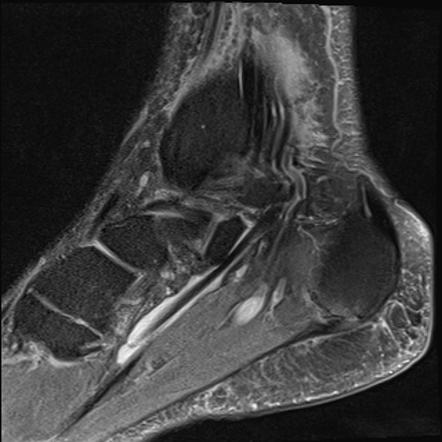
This condition is associated with ballet dancing, in which extreme plantar flexion is necessary. There may also be swelling and pain posterior to the medial malleolus. There is also triggering with toe flexion. Dorsiflexion of the big toe is less when the ankle is dorsiflexed. The third condition is…. Some Resourse
3. Achilles tendinitis
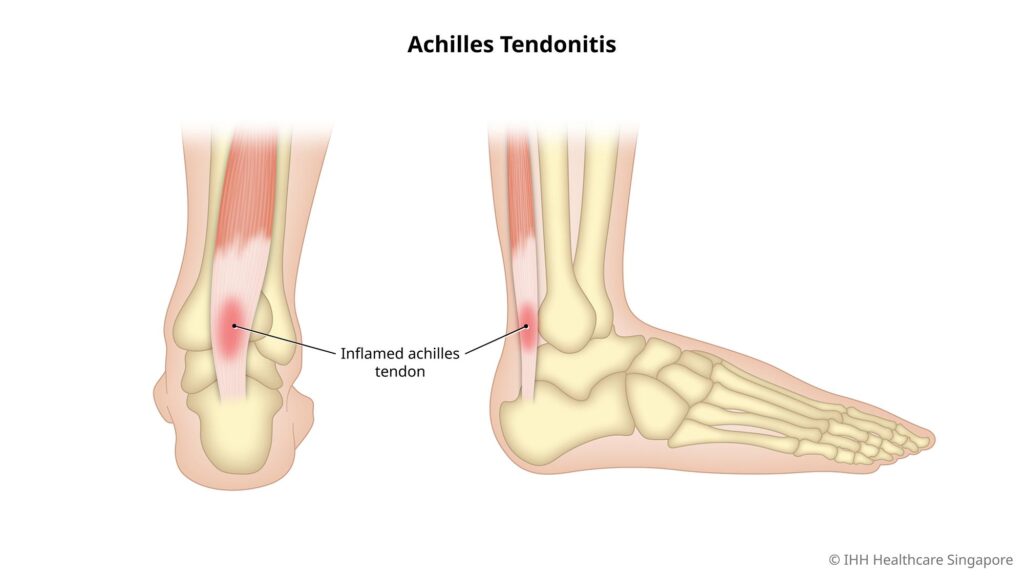
Achilles tendinitis is a result of irritation and inflammation due to overuse. There may also be pain, swelling, and tears within the tendon. It is usually treated with therapy and injection. Do not inject inside the tendon and it is rarely treated with surgery. The last condition is Achilles tendon rupture. Achilles tendon can become prone to rupture with age, lack of use, or by aggressive exercise.
Achilles tendon rupture is diagnosed by the Thompson test and MRI. Treatment may be conservative without surgery by using a cast or boot, however, the rupture rate is high. Surgery is done by approximation of the torn ends. However, there is a risk of infection. skin and wound complications with surgery.
posterior ankle pain
posterior ankle impingement
posterior ankle
posterior ankle splint
posterior ankle impingement treatment
posterior ankle impingement test
posterior ankle impingement syndrome
posterior ankle dislocation
posterior ankle sprain
posterior ankle pain treatment
posterior ankle anatomy
posterior ankle impingement symptoms
posterior ankle impingement exercises
posterior ankle splint with stirrup
posterior ankle pain when walking
anterior vs posterior ankle
posterior ankle impingement.
posterior ankle ligaments
posterior ankle pain with dorsiflexion
posterior ankle tendons


